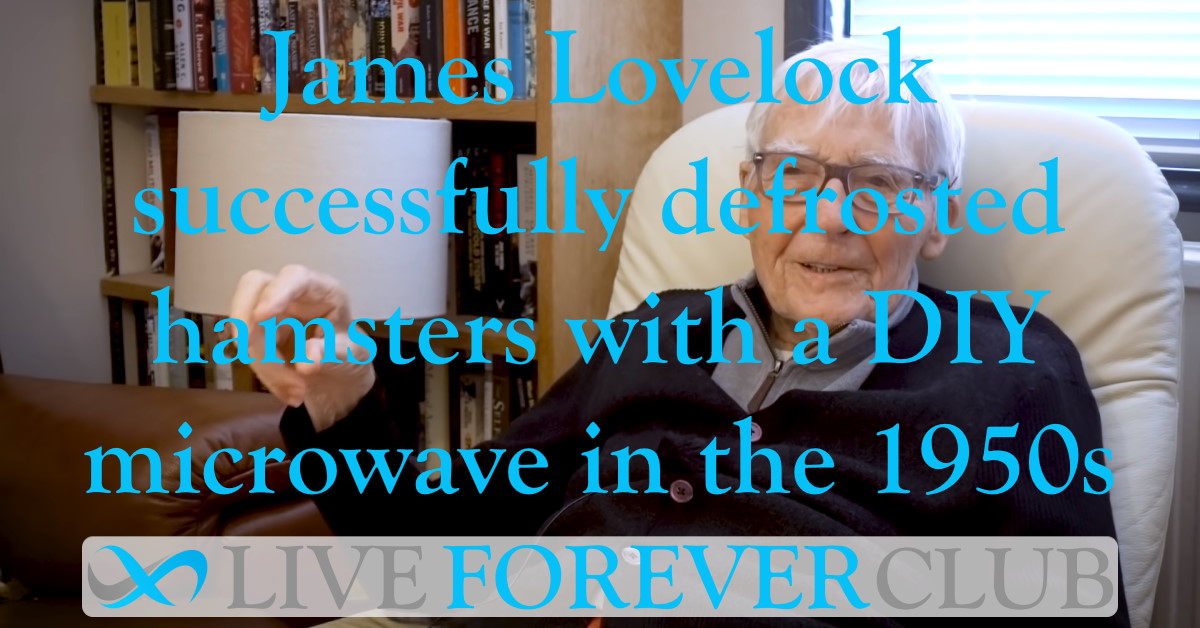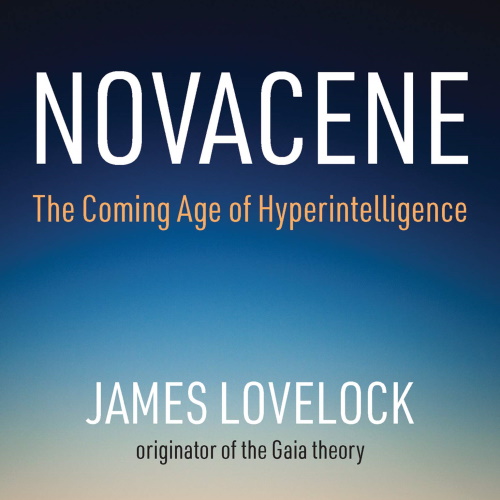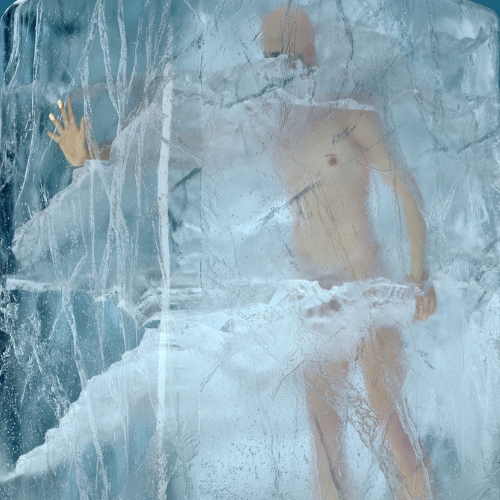Tom Scott interviews James Lovelock about reanimating frozen hamsters in the 1950s
Investigates the turns-out-to-be-true urban myth that microwave ovens were invented to humanely heat up hamsters
Tom's original title is "I promise this story about microwaves is interesting" - and it definitely is!
Percy Spencer "invented the microwave" just after World War II.
While working on one of the new military-grade radars he realised that the peanut bar in his back pocket had melted.
A massive radar dish is basically the same technology as this microwave.
NOTE: there is a high-voltage capacitor in microwave ovens - DON'T TAKE APART!
The microwave generator is called a magnetron.
Put a magnetron, tuned the wavelengths so that water absorbs the radiation easily, inside a Faraday cage, and you can cook lunch.
The technical term is "diathermic heating".
In 1947, that engineer's company (Raytheon) released the first commercial microwave that was the size of a fridge.
The first domestic microwave was released in the late 1960s once magnetron technology had improved.
I found papers from the 1950s talking about the reanimation of frozen rats and hamsters at the National Institute for Medical Research, a government laboratory in Mill Hill, London/
Scientists at that lab froze rats and hamsters beyond the point of death.
No heart rate, no breathing, core temperature around 1°C, somewhere between 10 and 50% of the animal's body water frozen to ice.
They used ice and a bath of propylene glycol and then applyied hot spatulas to the chest.
The success rate wasn't great and the animals were often left with burns.
In 1955, one of the researchers has the idea to use a magnetron - that was James Lovelock.
Interview with James Lovelock
At 101 years old he goes for a walk along the coast every day.
For 10 shillings of my own money I bought a surplus RAF transmitter.
I've joined this up with a waveguide, into a metal box made out of wire mesh.
He shares some fun stories from that time:
- I put a potato in it and baked it. And it was perfectly all right.
- the thing was running open and the radiation was bouncing all round the room
- light bulbs would light up without warning as the filament had the same wavelength as the radiation
- pound would catch fire because the metal strip inside was just about the wavelength of the magnetron
More importantly, it worked with the hamsters.
With a precise calibrated microwave and artificial respiration (to start pumping oxygen around the body) almost every rodent they froze was successfully reanimated.
"You cannot freeze a human. It's partly a matter of how quickly you can get the anti-freeze agent to diffuse into the cells."
His latest book "Novacene" is part memoir and part look to the future
SUMMARY
James Lovelock may not have invented THE first microwave but he certainly invented A microwave.
And he thinks a human is too big to freeze.
Visit website: https://www.youtube.com/watch?v=2tdiKTSdE9Y
See alsoDetails last updated 04-Jun-2021
Mentioned in this Resource
Novacene: The Coming Age of Hyperintelligence
Vision of a future epoch in which humans and artificial intelligence together will help the Earth survive written by James Lovelock
Topics mentioned on this page:
Cryonics




